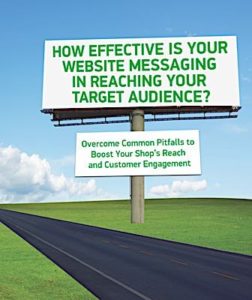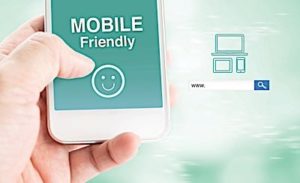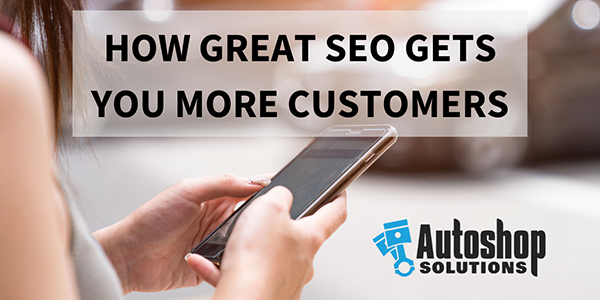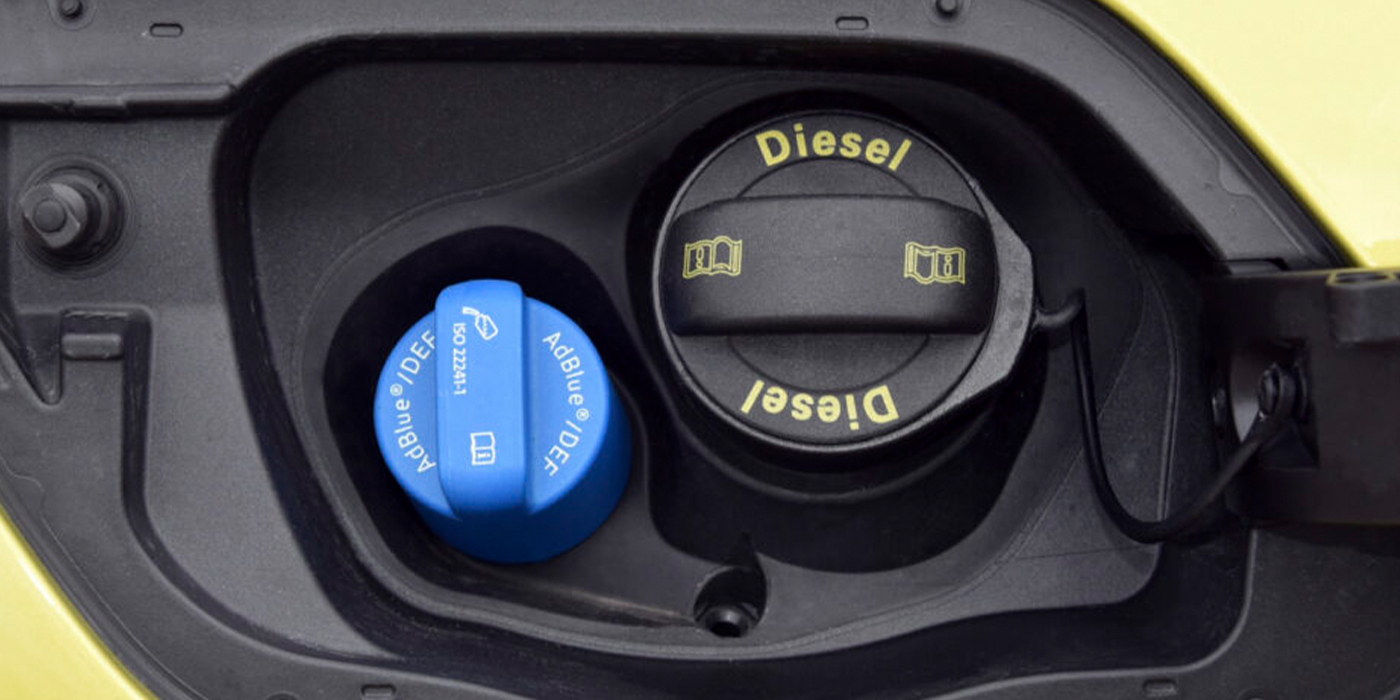As I was having a conversation about brand messaging with a colleague recently, I recalled noticing a billboard several years ago when I was driving on I-26 near Charleston, SC. It was a vibrant, attractive billboard that caught my eye as I was driving along. Its message was simple and clearly defined, and it included a solution to a problem and a call to action.
The billboard in reference read in big, bold type “Are You Illiterate? Call 1-800-READ-NOW.” Now, let that sink in for a moment. Something tells me the portion of that company’s advertising budget spent on that billboard did not convert into too many sales for them.
It got me thinking, though, about the effectiveness of website messaging and some common mistakes small-business owners tend to make when creating their Web presence and digital marketing initiatives. Following are some general tips to make sure you reach your target audience and that your desired message resonates with both customers and prospects.
A Good Website Looks Like…
Let me first dispel one common myth. There is no one-size-fits-all, best way to design a website. Think about how many people you know in your life: friends, family, neighbors, the guy who always seems to be sitting at the end of the bar drinking a craft beer (I’ll wave next time I see you). Well, that’s how many opinions you are likely to get about how your website looks. Just about everyone has an opinion about what makes a great website. And here’s the dirty little secret — none of that matters.
What constitutes a good website is one that converts its audience into customers, buyers or whatever it is your website is trying to do. Of course, you don’t want your website to look like it was created back in 1997, but, in the end, do what YOU like aesthetically, and follow some basic guidelines to make sure it converts as effectively as possible for you.
Above the Fold
You may or may not have heard the phrase “above the fold” before, but its origins come from the newspaper industry. It stems from when editors wanted to get their story printed on the front page, or above the fold of the newspaper, where it was most likely to capture the reader’s attention. This term has transferred to the digital environment and refers to the content on your website that appears on a user’s monitor or mobile device screen without the need for them to scroll. Everything else is below the fold.
So often, I go to the websites of small businesses and notice that they have a huge logo and other superfluous information above the fold, requiring me to scroll or search for the important information. Certainly brand recognition is important (you want them to know whose website they are on), but it doesn’t have to be the only thing they first see.
In this case, do an exercise and ask yourself, “What is the single most important thing that I want a visitor to my website to do?” Is it to call your business phone? Is it to use an online service scheduler? Whatever your individual answer to that question is, that information and call to action should stand out clearly “above the fold” on both your website’s desktop and mobile view.
Don’t Be a Hoarder
Believe it or not, in the current world of Web design, less is more. So, get rid of all the clutter. Various studies of online browsing psychology suggest you have less than two to three seconds when a visitor lands on your website for them to form an opinion of your business/website and determine if it is worth their time to remain on your site longer, or go back to Googling.
Clutter and too much information can tend to steer people away from your site. If they want to dig deeper, feel free to have additional pages with more details on your services, but keep your homepage clean and focus on the most important message you want them to view, understand and take action on. Focus on the simple things without all the excess noise:
1. Who — Your logo, brand, possibly a tagline and contact information.
2. What — Simple message about your service. For example, perhaps you service only imports, or are an expert at transmission work. There is no need to list every single service that you offer on your homepage, especially above the fold, just list what your main selling points are.
3. Where — Your location/address needs to be prominently displayed. I need to know if you are close enough for me to get to on my lunch hour.
4. When — Your hours of service need to be prominently displayed.
5. Why — Simple messaging such as “locally owned” or “best customer service in town” resonates best.
6. How — This is possibly the most important. This is your call to action. How do I, as your potential customer, engage with you to utilize your services? Do I call? Do I schedule online? What do you desire me to do as a result of visiting your website?
Mobile-Responsive/Small Footprint
We discussed this in a previous article, but in today’s marketplace, it is imperative that your business website is responsive and easy to use on a mobile device. Browsing on mobile phones and tablets has increased exponentially in the past two to three years, so if your website does not offer an easy-to-use interface on those devices, you are losing business.
Just as critical is limiting the number of images, especially large ones, that you use on your website. They take longer to load, and if your site takes forever to load, your customer is likely to move on to the next site without ever viewing your large, beautiful pictures.
As always, if you have questions about websites and digital marketing, feel free to email your ideas for future articles to [email protected]. And we will be adding “Ask the Web Guy” to the ShopOwnerMag.com website soon where you can post your questions and I will answer them as quickly as possible.

















